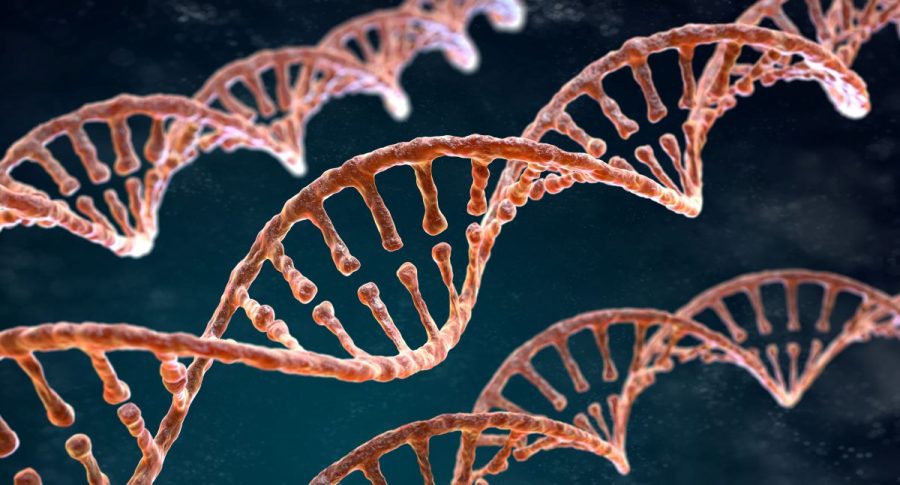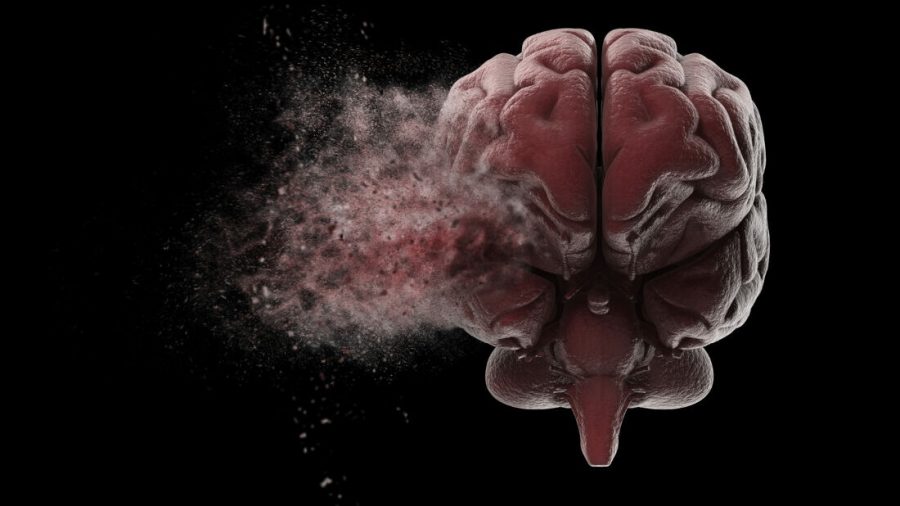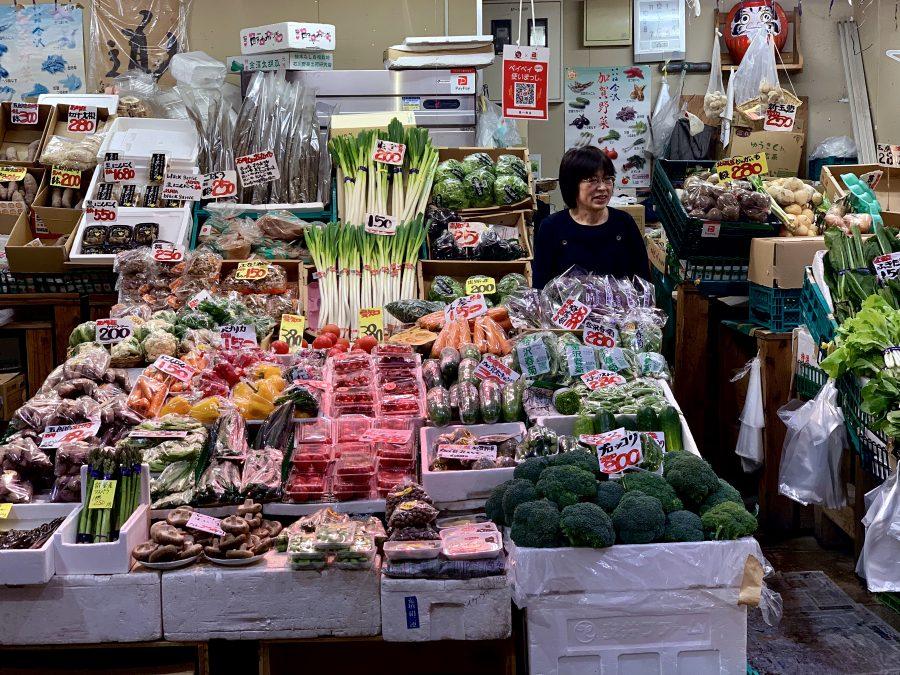
Some of my fondest childhood memories are of the outdoors. I grew up in hillbilly-ville; what can I say?
thOur home sat on acres of farmland, and we had a ’70s box television, which flipped through a whopping four channels, with a wooden frame, complete with a dial on the right side. So on those clear, summer afternoons when boredom threatened to dampen my mood, my haven was Cunningham Park on 26
and South Maiden Lane in Joplin, Mo.
So many stories and pictures from my childhood depict this special spot – of the family picnics and camping out under the tall oak trees, of me climbing on the jungle gym, encouraging my imagination to take flight. When my cousins visited during the summer months, we would slip into our swimsuits and floaties and slather on the sunscreen for a day at the Cunningham pool, where a cool dip could relieve the scorching heat in mid-July.
ndThe houses were aged and the trees were tall, something that is hard to believe now. I never thought we would ever get too old for this place. We’d even visited the pool several times the summer before last; it was preparing to open again before the May 22
disaster.
But apparently, my haven meant just enough or even more to this town that it did to me. Even though I will always stow my joyful experiences of our adventures in a photo album or my recollection, Joplin has made Cunningham Park a symbol for its recouping and rebuilding.
This park was at the heart of the damage. The only thing left standing in the distance was St. John’s Hospital and all the residents of demolished houses surrounding Cunningham gathered there after the storm cleared, astonished by their tragedy.
I have been amazed by the spirit of those from around the country sending in donations, especially those who trekked the distance from near or far to the stricken town of Joplin to get hands on with the people affected and the mess that was left by this catastrophe. For instance, Drury architecture students developed a memorial in the center of Cunningham Park.
Called “the miracle of the human spirit,” the structure is made up of four stone ring-shaped walls, curved around each other, representing rescue, recovery, demolition and rebirth, along with three mosaic pieces made out of random objects found in the dirt after the tornado, such as a doorknob, pieces of broken plates and silverware. A silver plaque stands at the head of the memorial thanking all the volunteers for the help they provided.
“‘The Miracle of the Human Spirit’ symbolizes the incredible outpouring of volunteers who have lifted Joplin out of the rubble,” the plaque states. “Countless volunteers from all walks of life have offered themselves to the Joplin effort without request, serving as a reminder of the overwhelming power of human generosity and the steadfast tenacity to rebuild the once broken city.”
This structure will be printed in the memories of those that see it and run their fingers over the mosaics of others lost items, trying to imagine the loss that once was felt here. And while I reminisce in my childhood endeavors, this memory will stay forever, where new trees will grow and where 20 years from now another child will want to play.
But those who lived through it will keep close in their hearts the importance of Cunningham park and what it represents to a community, the power to overcome and the helping hand of others through the miracle of the human spirit.
By Kaitlyn Marsh
















































































